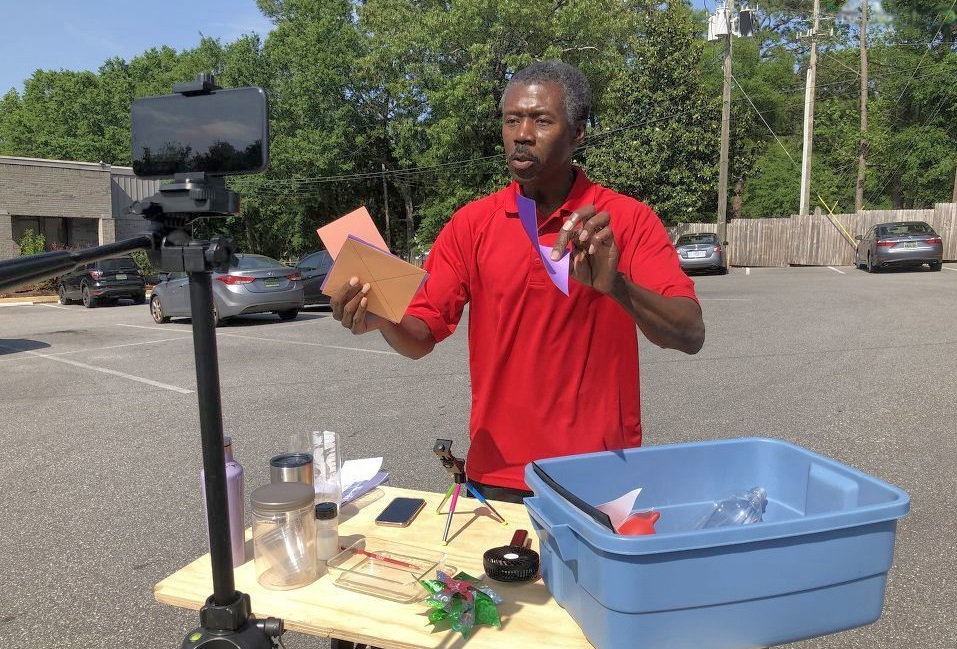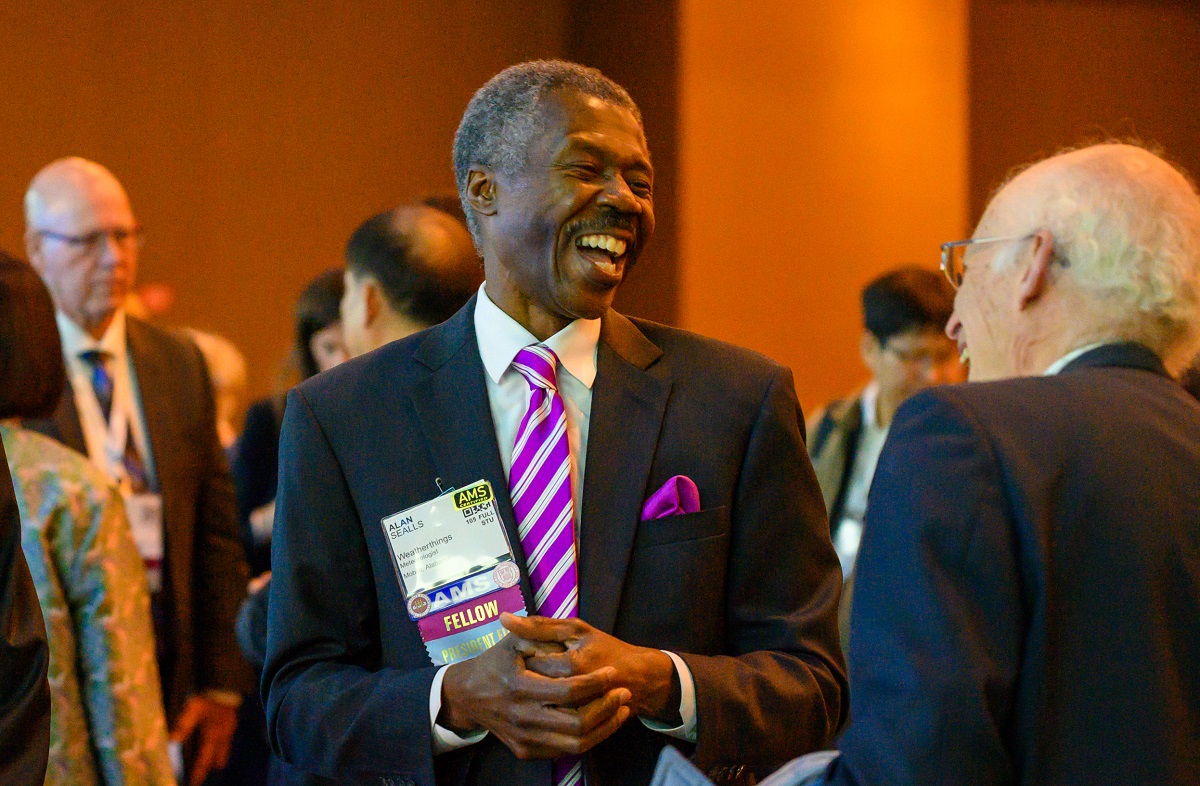February is Black History Month. In this post, we spotlight the illustrious career of AMS’s president elect, Alan Sealls.
Sealls is an AMS Fellow and Certified Broadcast Meteorologist, and an adjunct professor at the University of South Alabama. He retired in January 2024 from a 37-year career in broadcast meteorology (most recently, he was chief meteorologist at WPMI-TV in Mobile), in which he won 16 regional Emmys. He has also received multiple AMS awards and held many leadership positions within both the AMS and the National Weather Association. We spoke with Alan about his career and what he’s learned. You can read his full bio here.
Can you give us a few career highlights?
The big thing that most people talk about is when I went viral, covering Hurricane Irma in 2017, getting millions of views on YouTube for what I thought was just a solid discussion and forecast about the storm!
My TV career propelled me to becoming (the first Black) president of the National Weather Association in 2018, and now incoming president of the American Meteorological Society for 2026. Those are things that I never would have ever imagined but friends and colleagues of all colors, ages, and professional stages pushed me forward and supported me.
What are you most proud of in your professional life?
Serving my communities on a daily basis with useful information, as a role model, and an educator, with dozens of young people influenced to pursue science, and many of my former students now doing what I did, and other positive things.

What was an important moment in your early career?
Learning that job politics can slow your progress and that they are a reality.
Have things changed for Black meteorologists over the years? What still needs to change?
Black meteorologists are more accepted and more numerous but we remain underrepresented. More of us in broadcasting are Chief Meteorologists. We still need more Black meteorologists in management and leadership levels within the sectors of government, academia, and private industry, not just for equity and diversity of perspective but because the existence of a Black face is representation. It shows young people that it is achievable. It confirms to all people that Black people are capable of contributing, coordinating and innovating in science and in all endeavors.
Are there other Black meteorologists/atmospheric scientists who have particularly influenced or inspired you?
While I knew of a handful of Black meteorologists as an undergraduate and then graduate student, it wasn’t until a few years into my career that I actually learned of many of the other Black meteorologists around the country. I gained tremendous inspiration just from hearing of, and then meeting, other Black meteorologists throughout my career. I am inspired and proud when I see the next generation of Black students pursuing meteorology along with the dedicated early career professionals. At the same time, I’m still learning more about the history of Black meteorologists and our roles in the U.S. weather enterprise. All of that gives me hope, and all of that is why we recognize Black History Month. It’s an effort to focus on facts, figures and issues that we might not otherwise give much thought to or have knowledge of.
Watch Alan Sealls’ 2024 video on African Americans in Meteorology, “From Juneteenth to the Sky,” on YouTube.
Photo at top: Alan Sealls speaks with attendees at the AMS 105th Annual Meeting. Photo credit: Zack Smith Photography.
